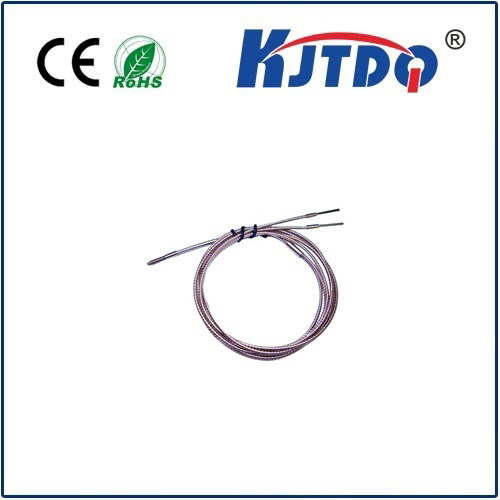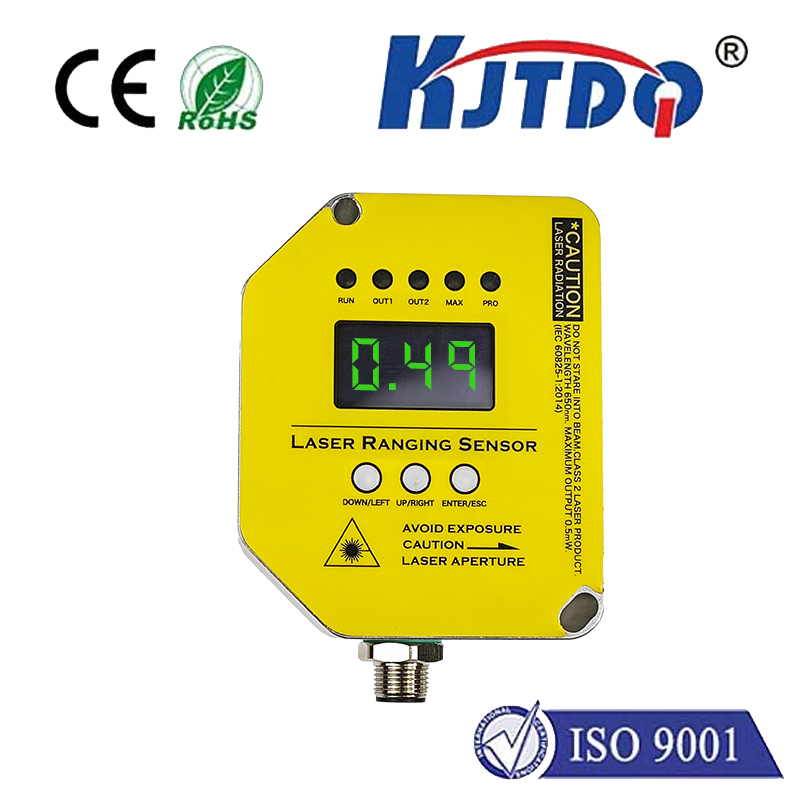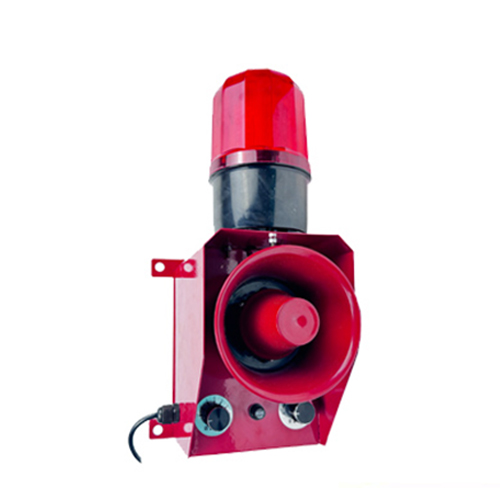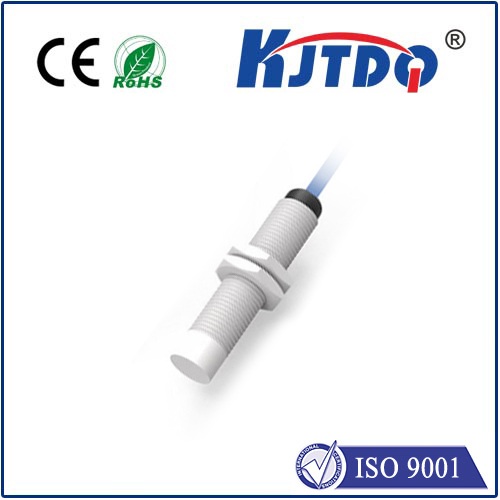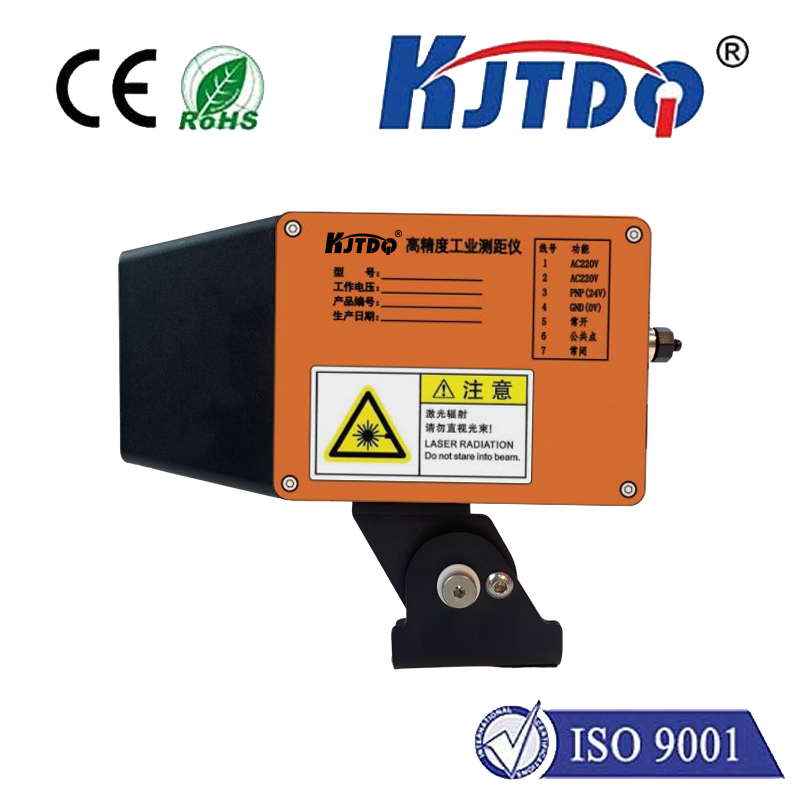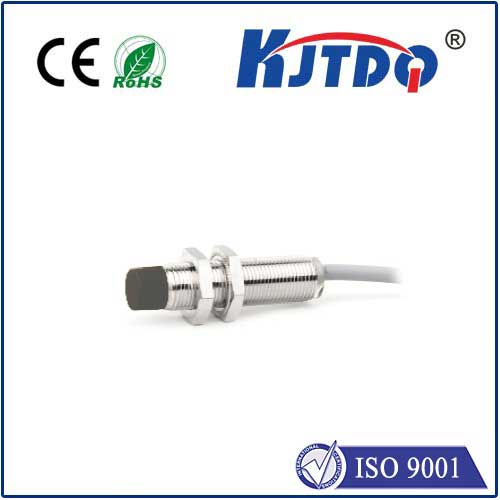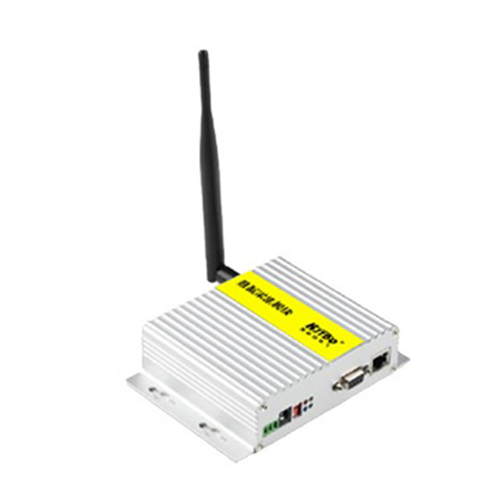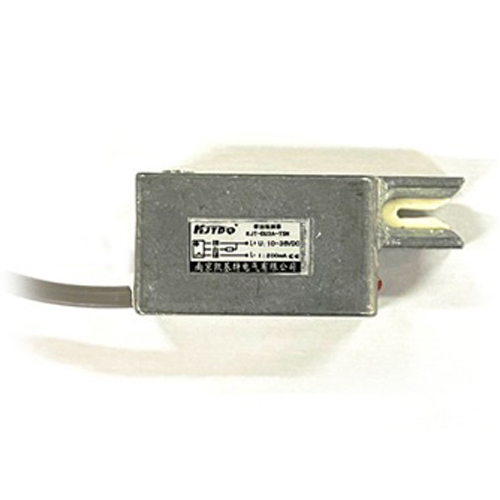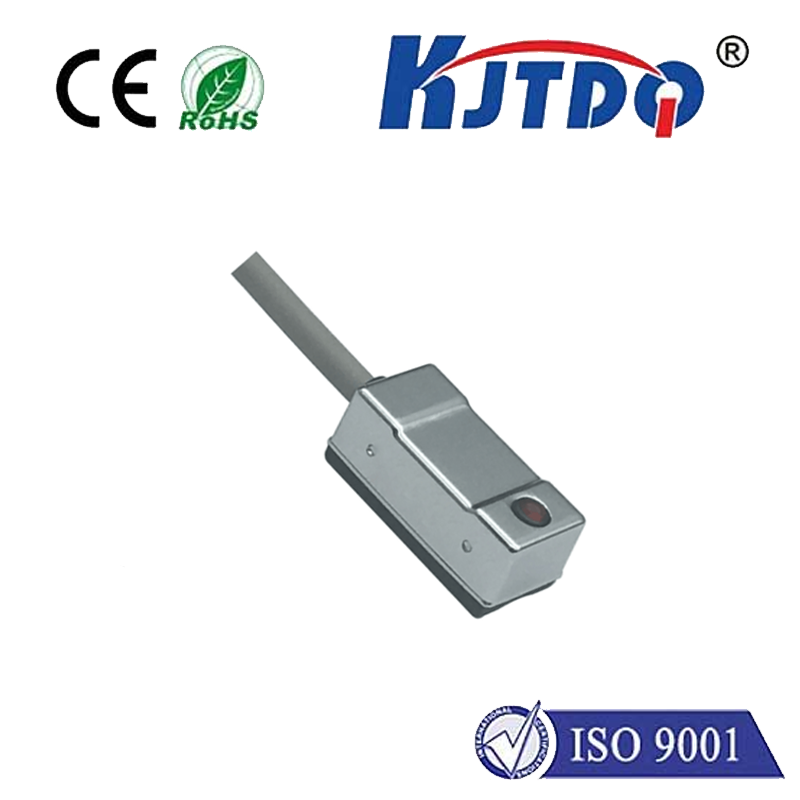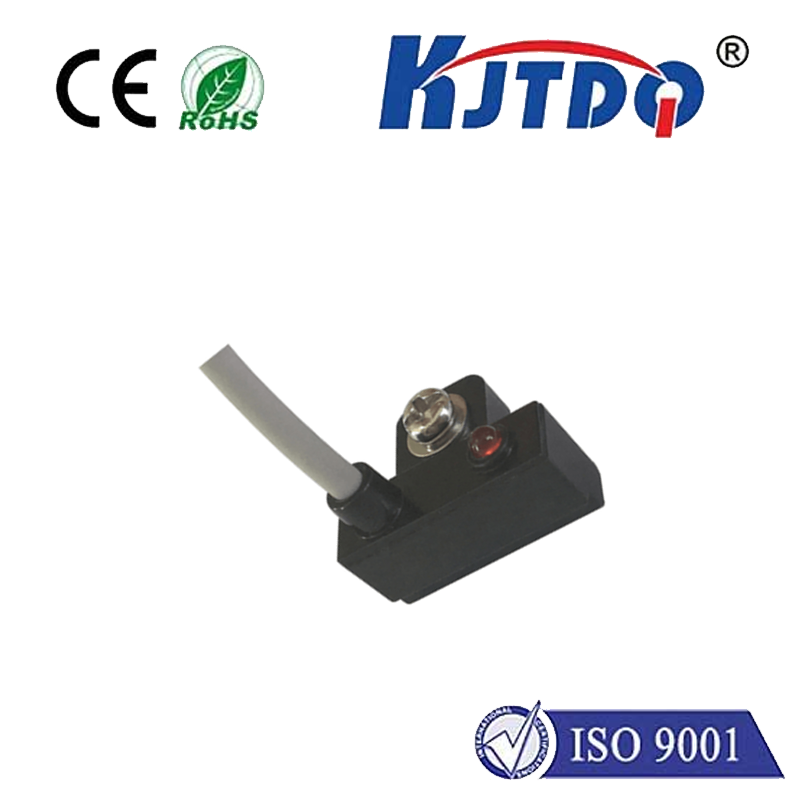q25 d7nk proximity sensor
- time:2025-09-09 04:47:40
- Click:0
Q25-D7NK Proximity Sensor: The Unseen Guardian of Precision Industrial Automation
Imagine a high-speed bottling line, hundreds of containers whizzing past every minute. How does the machinery know precisely when to fill, cap, or label without a single collision? Or picture robotic arms assembling intricate electronics, moving with breathtaking speed yet never crashing into their delicate components. The silent, unsung hero enabling this seamless dance of metal and motion is often a device like the Q25-D7NK proximity sensor. This robust workhorse operates unseen, detecting objects without physical contact, forming the bedrock of reliability and precision in countless industrial applications.
At its core, a proximity sensor like the Q25-D7NK is a non-contact detection device. It “senses” the presence or absence of a target object within its defined sensing range without needing to touch it. The “Q25” typically denotes a specific series or form factor (often a cylindrical barrel-style sensor), while “D7NK” usually refers to the specific electrical characteristics, output type, and other functional specifications. This particular combination often implies a robust, industrially hardened inductive sensor designed for demanding environments.
Understanding Inductive Proximity Sensing: The Q25-D7NK’s Core Technology
The Q25-D7NK typically employs inductive proximity sensing, a principle fundamental to its reliability. Here’s a simplified breakdown:

- Generating the Field: Inside the sensor’s active face, a coil generates a high-frequency oscillating electromagnetic field.
- Field Interaction: When a metallic target (ferrous metals like iron or steel, or non-ferrous like aluminum or copper, depending on sensor specification) enters this field, it induces tiny electrical currents (eddy currents) within the target.
- Energy Shift & Detection: The creation of these eddy currents draws energy from the sensor’s internal oscillator circuit. This energy loss causes a measurable change (like a drop in oscillation amplitude).
- Triggering the Output: The sensor’s internal electronics detect this change. Once the target is close enough (within the specified operating distance), the sensor triggers its output signal – typically a solid-state switch like an NPN transistor indicated by the “NK” suffix (though variations exist). This signal tells the connected control system (PLC, robot controller, etc.): “Target Detected!”
Key Features and Specifications of the Q25-D7NK Proximity Sensor
While exact specifications depend on the manufacturer and specific variant, the Q25-D7NK designation commonly points to several critical features:
- Robust Construction: Engineered for industrial environments, these sensors often boast:
- High IP Ratings (e.g., IP67): Ensuring protection against dust ingress and temporary immersion in water.
- Rugged Housing: Typically nickel-plated brass or stainless steel barrels resistant to impacts, vibrations, and corrosive elements like coolants or oils.
- Extended Temperature Range: Reliable operation across temperature variations common in factories or outdoor settings.
- Reliable Non-Contact Operation: Eliminates mechanical wear and tear, offering a significantly longer operational lifespan compared to mechanical switches. This translates directly to reduced maintenance costs and downtime.
- High Switching Frequency: Capable of detecting rapidly moving targets or objects passing at high speeds, crucial for fast-paced production lines.
- Short-Circuit and Reverse Polarity Protection: Built-in safeguards enhance system resilience against common wiring errors or electrical faults.
- Specific Sensing Distance: The “D” in D7NK usually denotes the nominal sensing range (e.g., 5mm, 8mm, 15mm). Choosing the correct range is vital for application success.
- NPN Output (Typically): The “NK” suffix often signifies an NPN normally open (NO) transistor output configuration, which sinks current to the common negative (ground) when active. This is a very common interface standard in PLC systems.
- Flush or Non-Flush Mounting Options: Depending on the exact model designation or manufacturer, it might allow for flush mounting in metal (reducing the effective sensing range slightly but enabling mounting without gaps) or require a non-flush installation.
Where Does the Q25-D7NK Proximity Sensor Shine? Applications Galore
The combination of durability, reliability, and non-contact sensing makes the Q25-D7NK an indispensable component across diverse sectors:
- Manufacturing & Assembly Lines: Counting products, detecting presence/absence of parts on conveyors, verifying fixture loading, triggering robotic operations, monitoring tool position, confirming component placement. Ensuring every step of the assembly process happens only when it should.
- Material Handling & Packaging: Detecting pallets, cartons, or bottles; controlling sorting gates; confirming stack heights; sensing roll diameters; verifying flap positions. Streamlining logistics with pinpoint accuracy.
- Machine Tooling & CNC Machinery: Monitoring tool changes, detecting workpiece clamping, verifying tool breakage (indirectly via position), confirming spindle position, sensing chuck open/close. Protecting expensive machinery and ensuring machining precision.
- Automotive Industry: Monitoring robotic welders, detecting vehicle frames on lines, controlling paint booth doors, verifying component installation (e.g., pistons, valves), safety guarding applications. The backbone of high-throughput, safe vehicle production.
- Food & Beverage Processing: Signaling fill levels (non-contact avoids contamination), detecting cans/bottles for labeling/capping, monitoring conveyor jams, sensing metal contaminants (as part of specific systems). Maintaining hygiene and production flow.
- Conveyor Systems: Virtually any conveyor relies on multiple proximity sensors like the Q25-D7NK for position detection, jam prevention, speed monitoring, and zone control. Keeping goods moving efficiently.
Installation and Integration Essentials
Maximizing the performance and longevity of your Q25-D7NK sensor involves understanding its needs:
- Power Supply: Requires a compatible DC supply voltage (commonly 10-30V DC). Always adhere strictly to the manufacturer’s specifications.
- Wiring: Correctly connecting the Brown (V+), Blue (V-/Ground), and Black (Output) wires is fundamental. Incorrect wiring can damage the sensor or the controller. Swapping Brown and Blue is a common, damaging error.
- Mounting: Ensure secure mounting using appropriate brackets or nuts. Maintain the specified clearance around the sensor face, especially for non-flush models, to prevent false triggers from surrounding metal. Consider vibration-dampening mounts in high-shock environments.
- Target Considerations: The sensor is designed for specific metallic targets. Ensure the target material (ferrous/non-ferrous), size (must be equal to or larger than the sensor face), and approach angle are suitable. Testing with the actual target is always recommended.
- Environmental Protection: While robust, install away from direct high-pressure water jets unless the IP rating specifically allows it. Shield from excessive weld spatter or metal chips where possible.
**The






